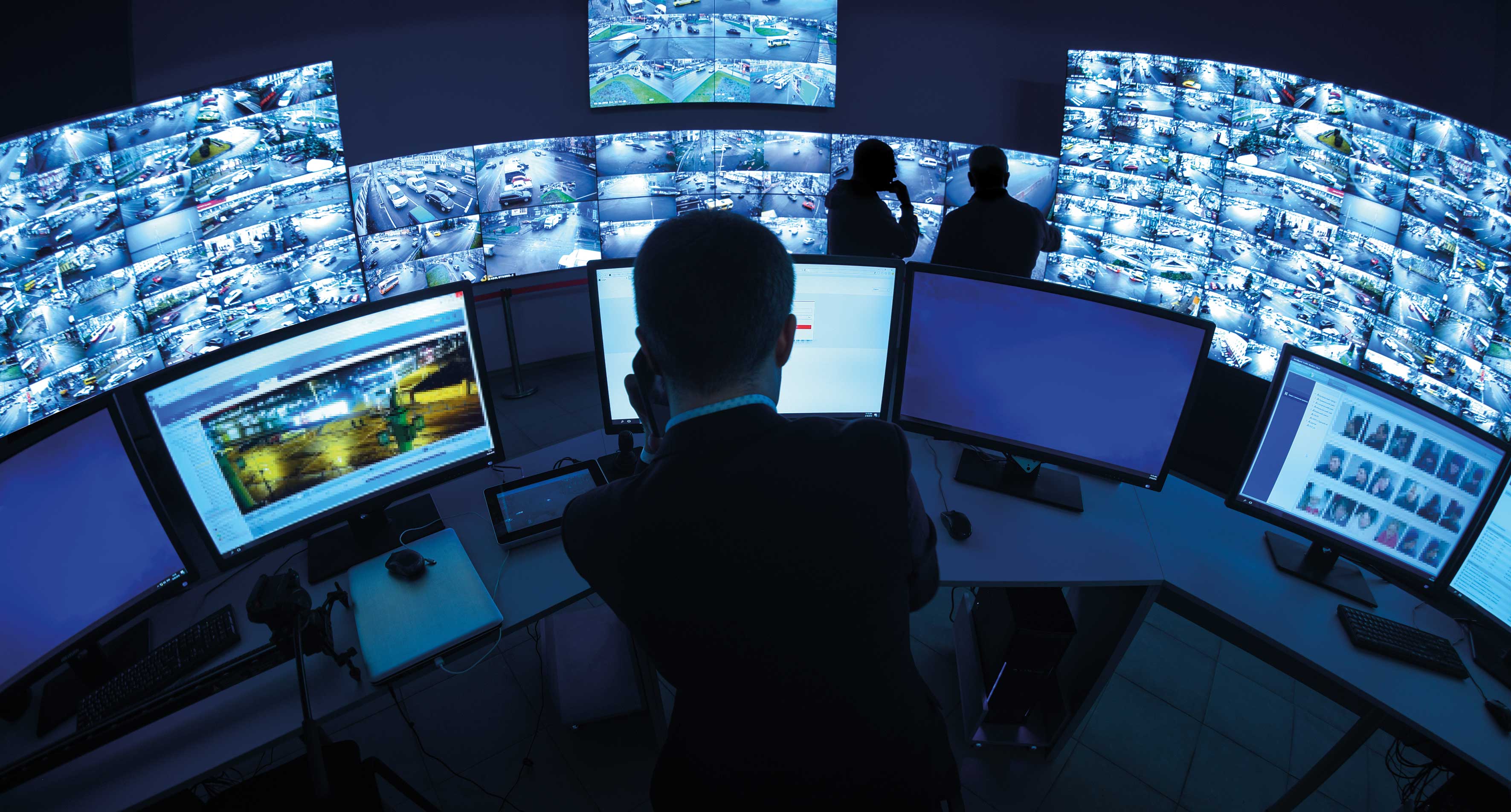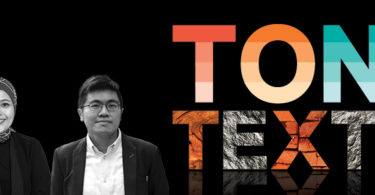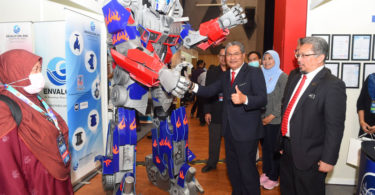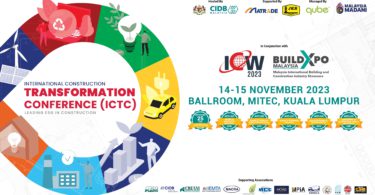In the International Built Environment Week (IBEW) 2020 session entiled Digital Technology Trends in the Built Environment Sector on 18 September 2020, a local tech company Oneberry shared its latest surveillance and security technologies and how property managers can leverage this to improve their operational performances.
TECHNOLOGY ADOPTION TREND
When the COVID-19 outbreak started at the beginning of the year, architects speculated that technology will become more essential than ever. Home automation functions, which could raise awareness of preventive actions and speed up the access to healthcare services, may become commonplace; for example, a thermal scanner at entrances to monitor residents’ health conditions and prevent transmission.
Now that we have lived with the pandemic for at least eight months, we might want to consider that this really is the case. Technology adoption has been increasing and smart homes market in Asia Pacific is estimated to grow over the coming years. Countries in Asia are gearing towards smart cities and citizens have started to adopt more smart-home technologies.
Read: Smart home technologies adoption in Asia is expected to grow over the coming years
In the property management and operation sector, there is a need of even more holistic productivity-enabled security solutions because with the risk of virus transmission, a building operator does not only have to enhance security but also ensure health safety. Manual security tasks, therefore, need to be improved by using automatons. Big data and machine learning will not only alleviate manual tasks but also minimise human errors.
BUILDING SECURITY IN SINGAPORE
Singapore needs to implement technology solutions that can be integrated with existing building infrastructure and current operations. This is to complement security manpower and increase productivity to combat the following:
- There is a shortage of security manpower resulting from the ageing security workforce, less new entrants to the industry and less availability of foreign manpower.
- There are rising security costs due to the progressive wage model, removal of overtimes, liquidated damages etc.
- There is a need to reduce physical contact of frontline staff and ensure the safety and health officers.
CONTACTLESS SECURITY SOLUTION
A Singapore home-grown security company Oneberry introduces a multifunctional robot as a solution for contactless security, which has the following features:
- Camera for overall surveillance and video management system, which is integrated with a control centre;
- Integrated thermal lens for temperature taking, alerts upon detection of high temperature;
- Two way communication between visitor and security officer stationed remotely;
- Integrated video analystics as an add-on feature for facial recognition.
This new technology is expected to tackle the issues of manpower shortage and rising costs, contributing to physical distancing measures.
ANOMALY RECOGNITION VIDEO ANALYTICS SYSTEM
Manual surveillance is prone to human error because operators will often miss screen activity when observing a continuous video. Real-time identification is not effective. Looking at walls of monitors displaying many cameras simultaneously is also labour-intensive. An automated approach to detect anomalies will greatly save time and energy compared to a traditional surveillance methods.
| Traditional surveillance methods | Automated approaches |
| Many screens and video streams at an operation centre | ‘Learns’ the scenes of each camera stream of what is normal |
| Surveillance by eyeballing | Uses deep machine learning to detect anomalies and flag to operators |
| Highly ineffective | Does not rely on fixed video analytics rules |
| Prone to errors | Operators can verify each alert and respond accordingly |
In security controls, situational awareness is vital to discover the known and the unknown. If analytic coverage is wide, there is less specific detection and operators will not know what they are looking out for. On the other hand, with specific detection, the analytic coverage will be too narrow. Either way, the control will fail because the operators are unlikely to detect anomalies. Machine learning can fill the gap in video analytics stack and flag the unknown. It captures events that often get missed because security operators are not consciously looking out for them.
The potential safety and security applications of such a system is not limited by the building typology. It can be applied in homes, commercial buildings, factories, critical infrastructure, industrial facilities and so on. The anomalies that could be detected include:
- Illegal gatherings
- Earthquakes
- Floods
- Protests
- Robbery
- Road accidents
- Random violent activity
- Arson
- Other man-made/natural anomalies
WHAT’S NEXT?
One of the key takeaways from the pandemic is realising the need for improvement in the building operation aspect. But some may argue that the pandemic is only one of the many threats facing the built environment today, which can be broadly described as either environmental/natural or social/man-made.
Read: The need for a resiliency framework and accreditation of buildings in Malaysia
Digitalisation in the built environment sector is not only crucial for business continuity and resilience building but also to prepare for climate-related risks. Surveillance and security are definitely one of the focus areas to future-proof a building and prepare us for possible future disturbances and crises.– Anisa Pinatih, Construction+ Online
Disclaimer: Construction+ makes reasonable efforts to present accurate and reliable information on this website, but the information is not intended to provide specific advice about individual legal, business, or other matters, and it is not a substitute for readers’ independent research and evaluation of any issue. If specific legal or other expert advice is required or desired, the services of an appropriate, competent professional should be sought. Construction+ makes no representations of any kind and disclaims all expressed, implied, statutory or other warranties of any kind, including, without limitation, any warranties of accuracy and timeliness of the measures and regulations; and the completeness of the projects mentioned in the articles. All measures, regulations and projects are accurate as of the date of publication; for further information, please refer to the sources cited.
Hyperlinks are not endorsements: Construction+ is in the business of promoting the interests of its readers as a whole and does not promote or endorse references to specific products, services or third-party content providers; nor are such links or references any indication that Construction+ has received specific authorisation to provide these links or references. Rather, the links on this website to other sites are provided solely to acknowledge them as content sources and as a convenient resource to readers of Construction+.











